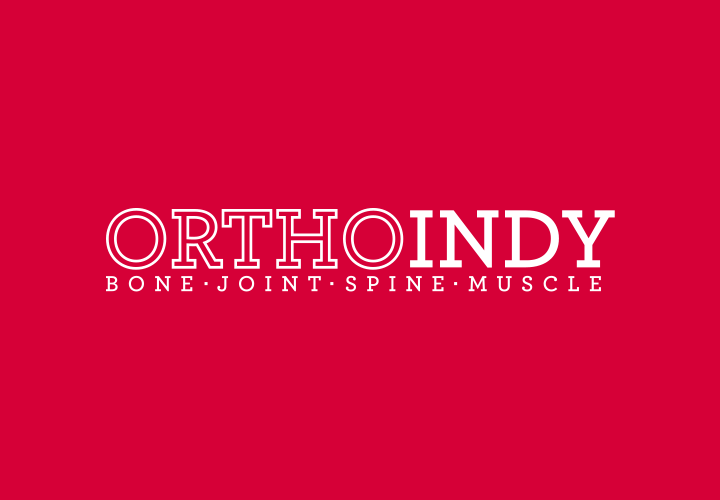Unfortunately, sciatica and pregnancy often go hand-in-hand.
According to Healthline, between 50-80% of women experience low back pain during pregnancy. Low back pain is often associated with sciatica symptoms, including muscle tension, difficulty walking, pain along your buttocks and pain that travels down the back of your leg.
Many pregnant women experience this irritating lower back and leg pain, resembling sciatica. The frequency of sciatica increases as the pregnancy progresses and is most common in the third trimester.
Read on to hear from OrthoIndy non-operative spine physician Dr. Meredith Langhorst as she shares her insights on sciatica and pregnancy, how to avoid sciatic nerve pain and which treatment options can provide relief.
What is sciatica?
To understand the relationship between sciatica and pregnancy, it helps to get familiar with the spine, where sciatic nerve pain starts.
The spine is made up of 24 bones, called vertebrae, which are stacked on top of one another. These bones connect to protect the spinal cord. The seven small vertebrae that begin at the base of the skull and form the neck comprise the cervical spine.
Your spinal cord and nerves travel through the spinal canal carrying messages between your brain and muscles.
The intervertebral discs between your vertebrae are flexible, flat, round discs about a half-inch thick. They act as shock absorbers when you walk or run and allow motion between the vertebrae.
Sciatica and pregnancy: What causes it?
According to Dr. Langhorst, “Sciatica during pregnancy is due to the increasing amounts of the hormone Relaxin in the mom’s system that causes the ligaments to loosen in preparation for childbirth.”
Some of these remedies include:
- Avoiding heavy lifting
- Gaining weight slowly
- Doing pregnancy sciatica stretches
- Trying prenatal yoga
- Getting a massage
- Staying active
- Avoiding standing for long periods
Sciatica and pregnancy: How to get pain relief
Fortunately, you can usually improve sciatic pain with a comprehensive, conservative care program. Dr. Langhorst suggests trying the following to seek relief from pain related to sciatica and pregnancy.
- Manual manipulation: A chiropractor can help treat sciatic pain; however, make sure they are aware you are pregnant.
- Physical therapy: Work with a physical therapist to develop an exercise program that combines stretching and strengthening or try the exercises below.
- Pelvic tilts and kegels: Starting pelvic tilts and kegels early in pregnancy and continuing can help keep your pelvic floor engaged.
- Lay on your side: When resting or sleeping, lay on your side and use a firm mattress.
- Heat: The use of a heating pad can help relieve soreness and for pain that is persistent.
- Pain medication: Always consult a physician before taking pain medication during pregnancy. Typically, Tylenol is safe for most pregnant women to take.
Make an appointment with an Orthoindy spine specialist
Exercises to help sciatica during pregnancy
Treatment for pain related to sciatica and pregnancy is not limited to at home treatment plans. Exercise and stretches for sciatica are also highly encouraged for pregnant women.
Some of those exercises include:
- Supine bridge
- Clamshell
- Supine posterior pelvic tilt
- Supine march with posterior pelvic tilt
- Hooklying single knee to chest stretch
“The good news is that sciatica often resolves after the baby is born and you can enjoy your time with your new little addition to the family,” Dr. Langhorst says.
However, if your pain related to sciatica and pregnancy is still causing issues, make an appointment with an OrthoIndy non-operative pain management physician today.
To schedule an appointment with Dr. Langhorst, please call 317.802.2879 or learn more about treatment options for neck and back pain.
Schedule an appointment
Your well-being is important to us. If you’re dealing with pain related to sciatica and pregnancy, schedule online or call us to set up an appointment with one of our orthopedic specialists.
Our expert team can help determine what sciatica treatments are appropriate and safe for you.





